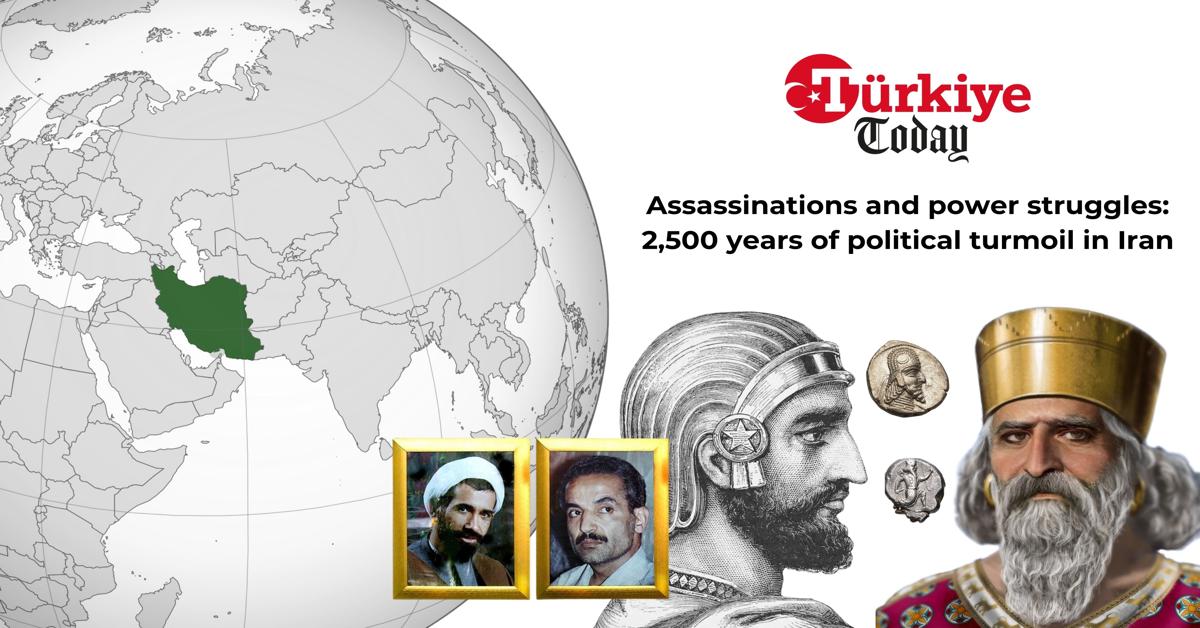
The Persian Empire, founded by Cyrus I in the 6th century B.C. and surviving until the destruction of Alexander the Great in 330 B.C., required a strong central authority to govern its vast territory and diverse ethnic groups and to deal with both internal and external threats. The internal problems of Persia and the concentration of power made assassination a common political tool.
Struggles for the throne were common in the Persian Empire, and rivalries between members of the royal family and assassinations were inevitable in the painful process of transferring power.
In the imperial bureaucracy, disloyalty and betrayal were common. Distrust among royalty and high-ranking officials encouraged assassination attempts. Especially after the fall of Babylon, stories of treachery and conspiracy among the Persian nobility were quite common.
The Persian Empire was occasionally subjected to assassination plots by foreign states. In particular, espionage and assassinations played an important role in relations with the Greek city-states.
In the Persian Empire, assassinations had a profound impact on political and military balances, and at times threatened the stability of the empire. Assassinations for the continuity of power and the preservation of central authority often provided short-term solutions, but in the long run, led to the weakening of the empire. Assassinations also shaped the political culture of the Persian Empire. Distrust, betrayal and intrigue became an integral part of Persian court life, and this was a major factor in the internal collapse that brought the empire to its end. Assassinations in the Persian Empire were recorded not only as individual tragedies, but also as important events that determined the historical course of the empire. These assassinations are critical to understanding power dynamics within the empire and play a fundamental role in understanding Persian history.
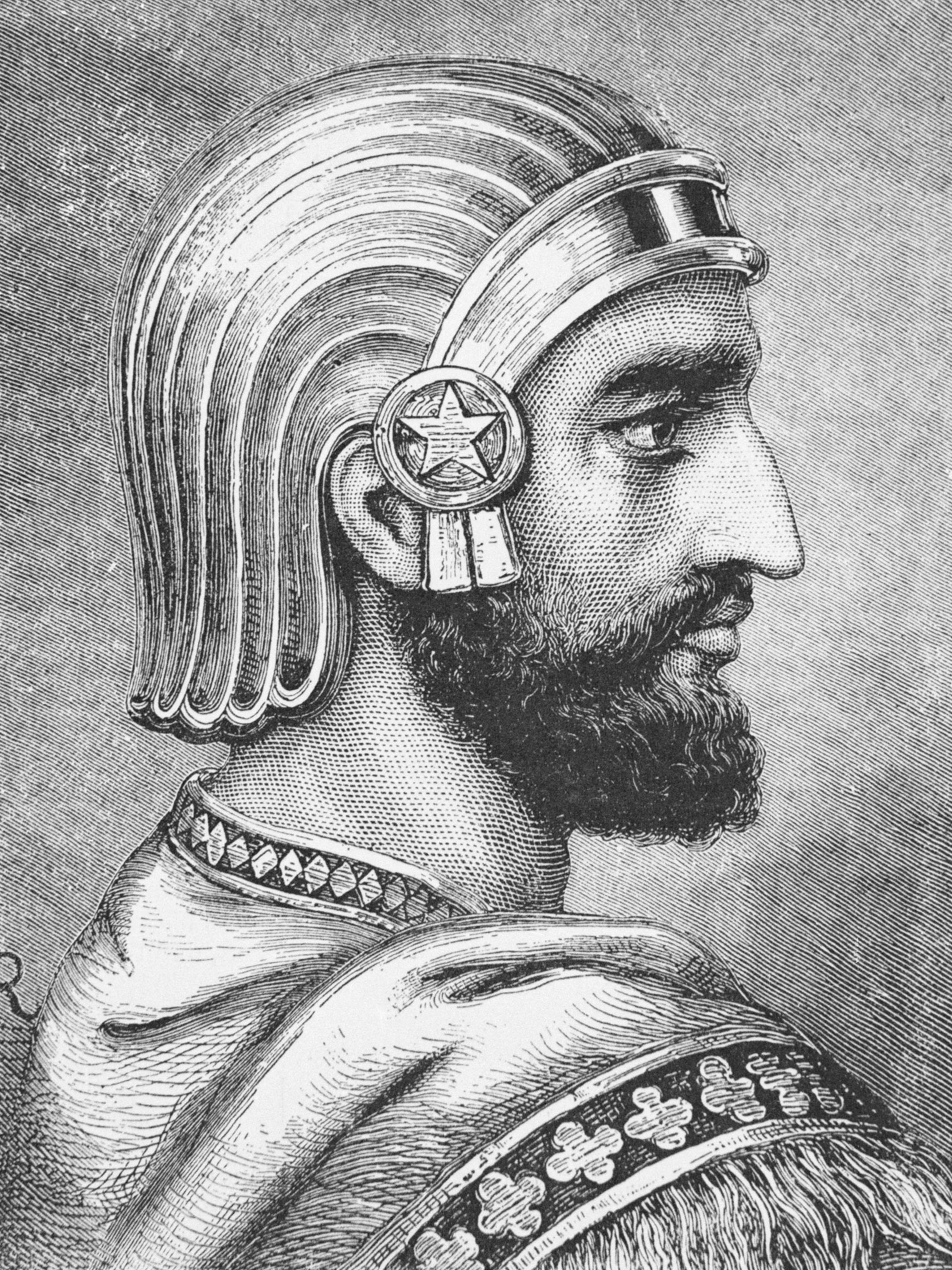
Cyrus I
Although Cyrus' death took place on the battlefield, some sources suggest that it may have been the result of an assassination. According to the most widely accepted account, however, Cyrus died in 530 B.C. in battle with the Sakas. The Anatolian historian Herodotus gives a detailed account of Cyrus' struggle with Tomris Khatun, the queen of the Massagets (Sakas). According to Herodotus, Cyrus entered the territory of the Sakas and trapped and captured Tomris' son Spargapises. The capture of Spargapises angered the Sakas and especially Tomris. Spargapises committed suicide and then Tomris launched a major attack against Cyrus. In this battle Cyrus was killed and, according to Herodotus, Tomris took revenge by beheading Cyrus and throwing him into a bag of blood.
Babylonian and Persian records contain less dramatic details of Cyrus' death. According to these sources, Cyrus died during a battle in the east and his body was brought to the Persian capital of Pasargadae and buried there. Cyrus' tomb is located in Pasargadae and is considered an important archaeological site that can still be visited today.
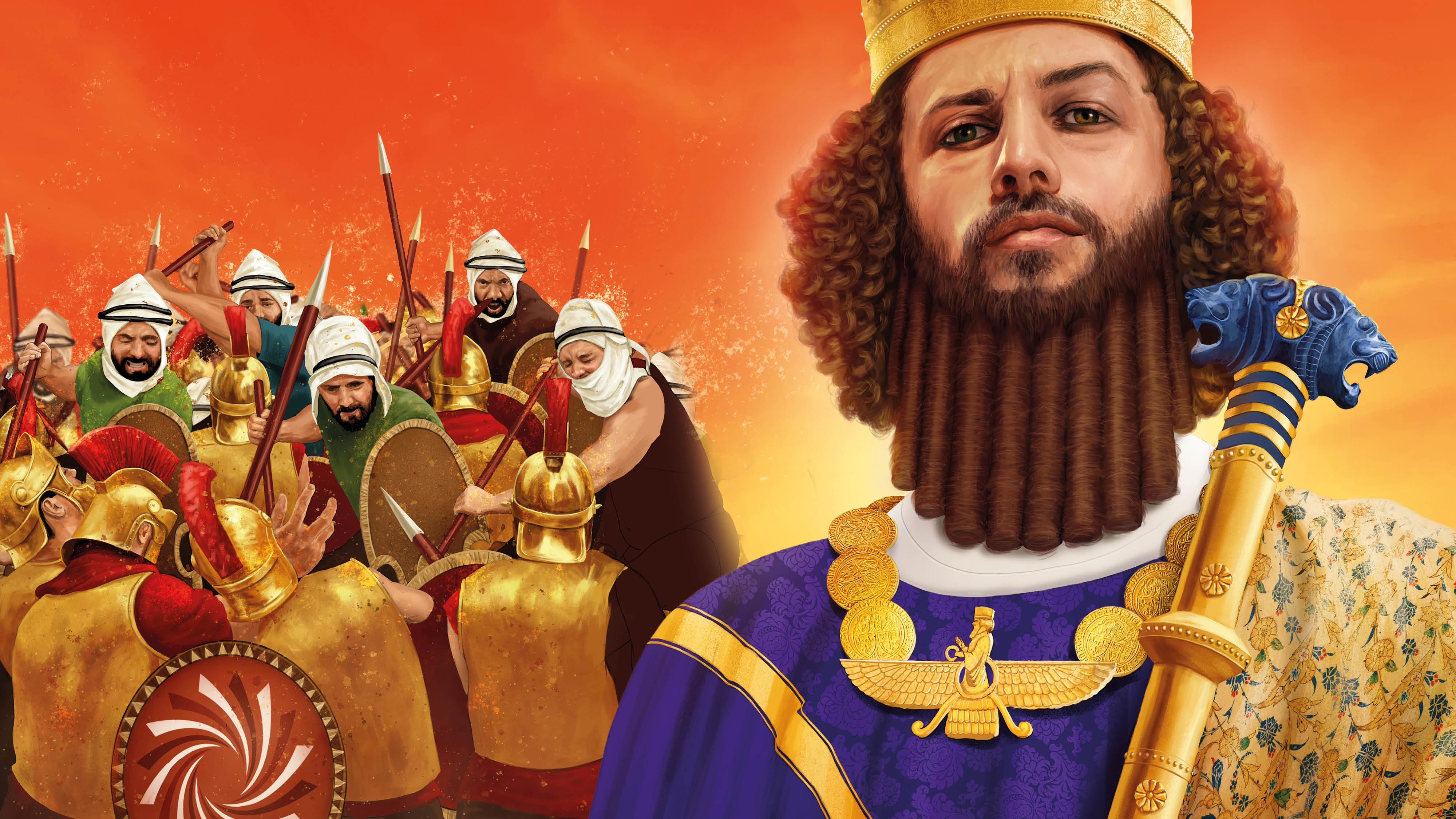
Xerxes I
Xerxes, I reigned as ruler of the Persian Empire from 486 to 465 B.C. and was known as one of the most powerful leaders of his time. Leading major military campaigns and construction projects, Xerxes' last years in power were characterized by palace intrigue and internal unrest, and he was eventually assassinated. Xerxes was assassinated in his palace in 465 B.C. by Artabanus, his commander-in-chief and prime minister. Artabanus had a powerful position in the palace and was driven by his political ambitions. Different sources provide different information about the details of the assassination, but the generally accepted narrative is that Artabanus gained Xerxes' trust, infiltrated his inner circle and carried out the assassination at an opportune moment. It is suggested that Xerxes' son Artaxerxes II was also involved in the assassination, or at least had knowledge of it.
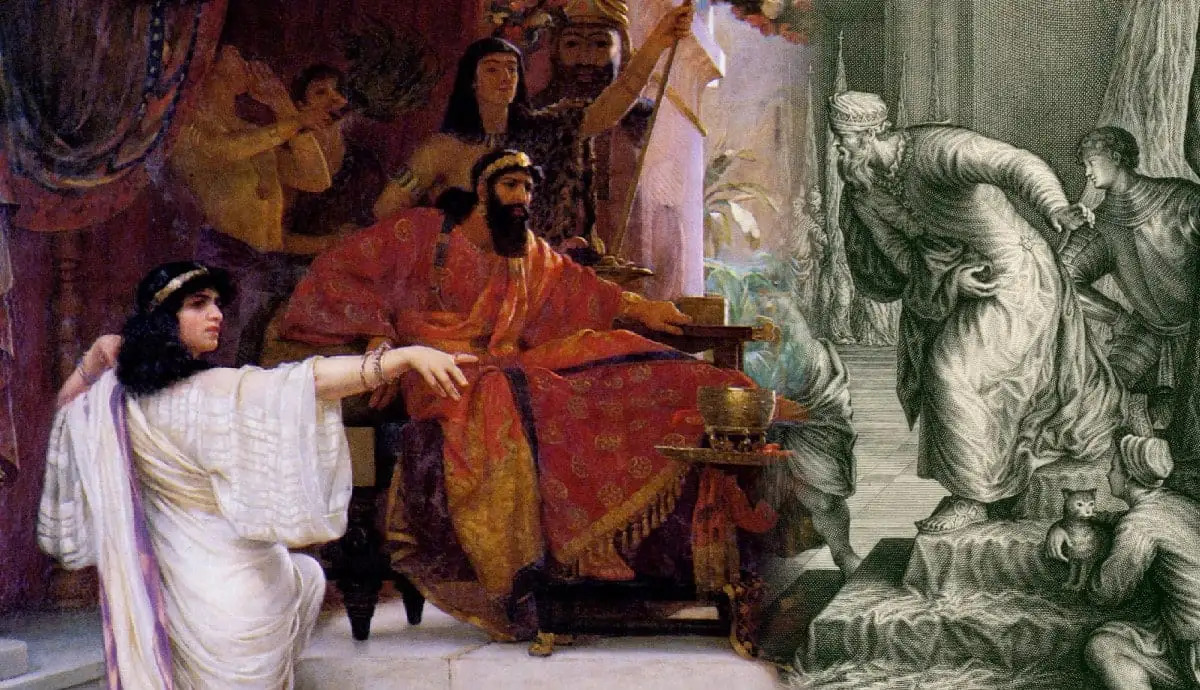
Xerxes I
After the death of Xerxes, his son Artaxerxes II ascended the throne. However, this transition was painful and the power struggle continued.
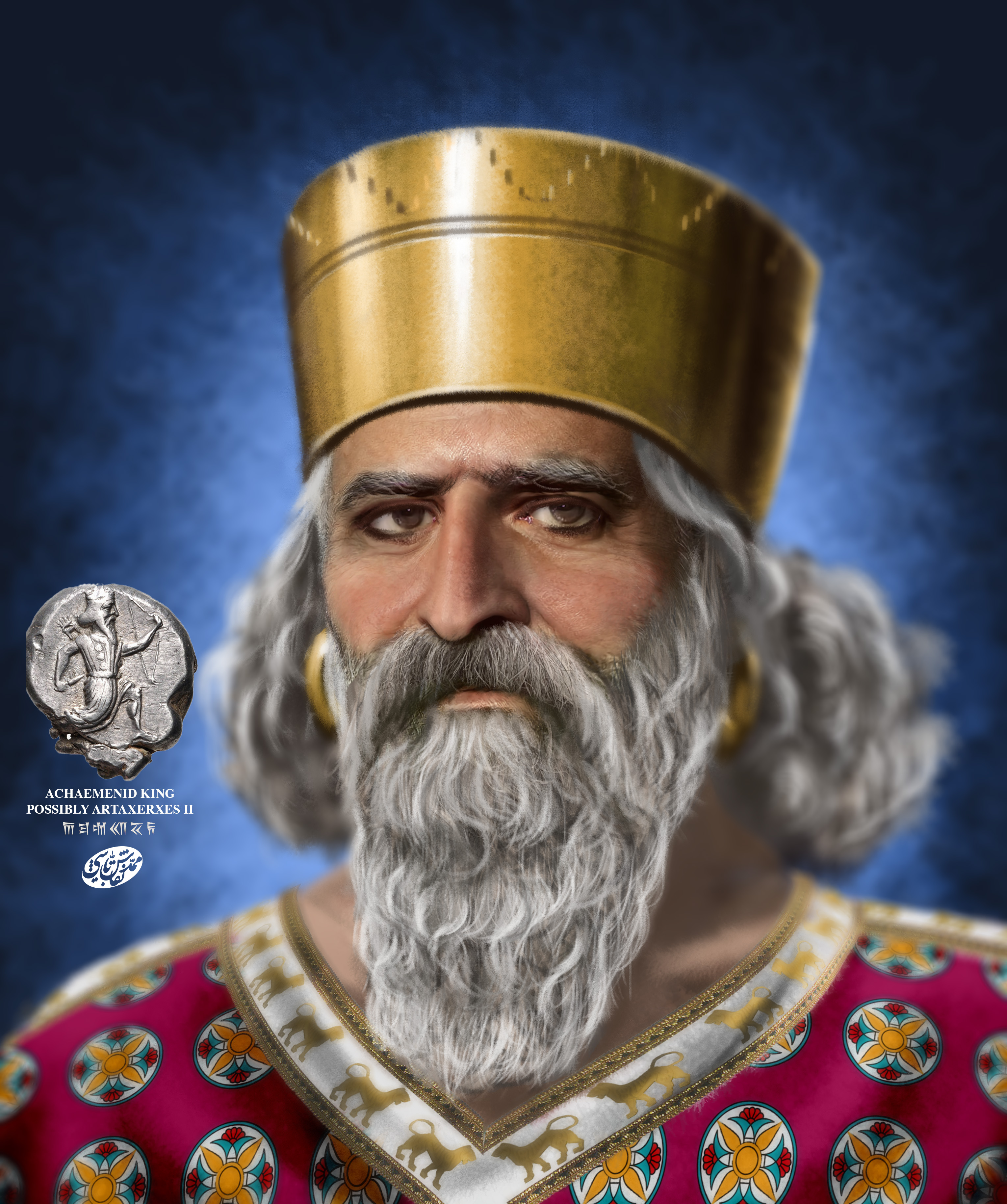
Artaxerxes II
Although Artabanus briefly seized power, he was overthrown and killed by Artaxerxes II. The assassinations increased the insecurity within the palace. This undermined the confidence of courtiers in each other and paved the way for similar events to occur in future administrations. Such internal turmoil within the empire led to the weakening of the Persian Empire. The constant shifting of power and assassinations weakened central authority, which made the empire more vulnerable to external threats. The assassination of Xerxes is an important turning point in the history of the Persian Empire. It is important to show the internal dynamics of the empire and how effective court intrigues could be. Xerxes' assassination and the power struggles that followed weakened the power of the Persian Empire and increased the difficulties that future administrations would face. It reveals how the empire had to cope with internal unrest and how fragile central authority could be.
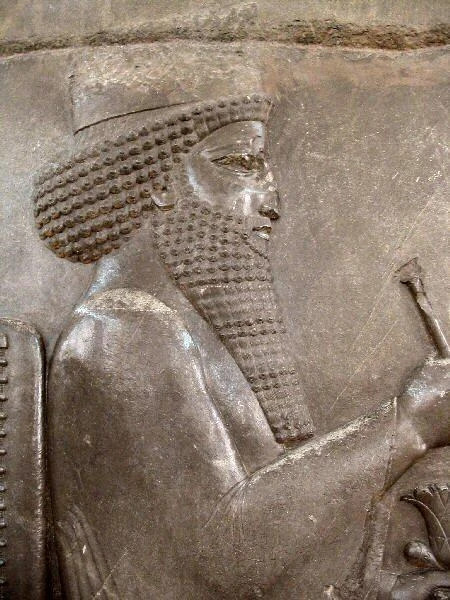
Darius II
The accession of Darius is associated with the murder of Gaumata, known as Bardiya. During the Egyptian campaign of Cambyses II, a Magus named Gaumata seized the throne by passing himself off as Cambyses' brother Bardiya. This caused a major crisis in the Persian Empire. Darius and his supporters killed Gaumata and replaced Cambyses II with Darius. Darius ascended the throne by assassinating Gaumata and this assassination legitimized Darius' reign.
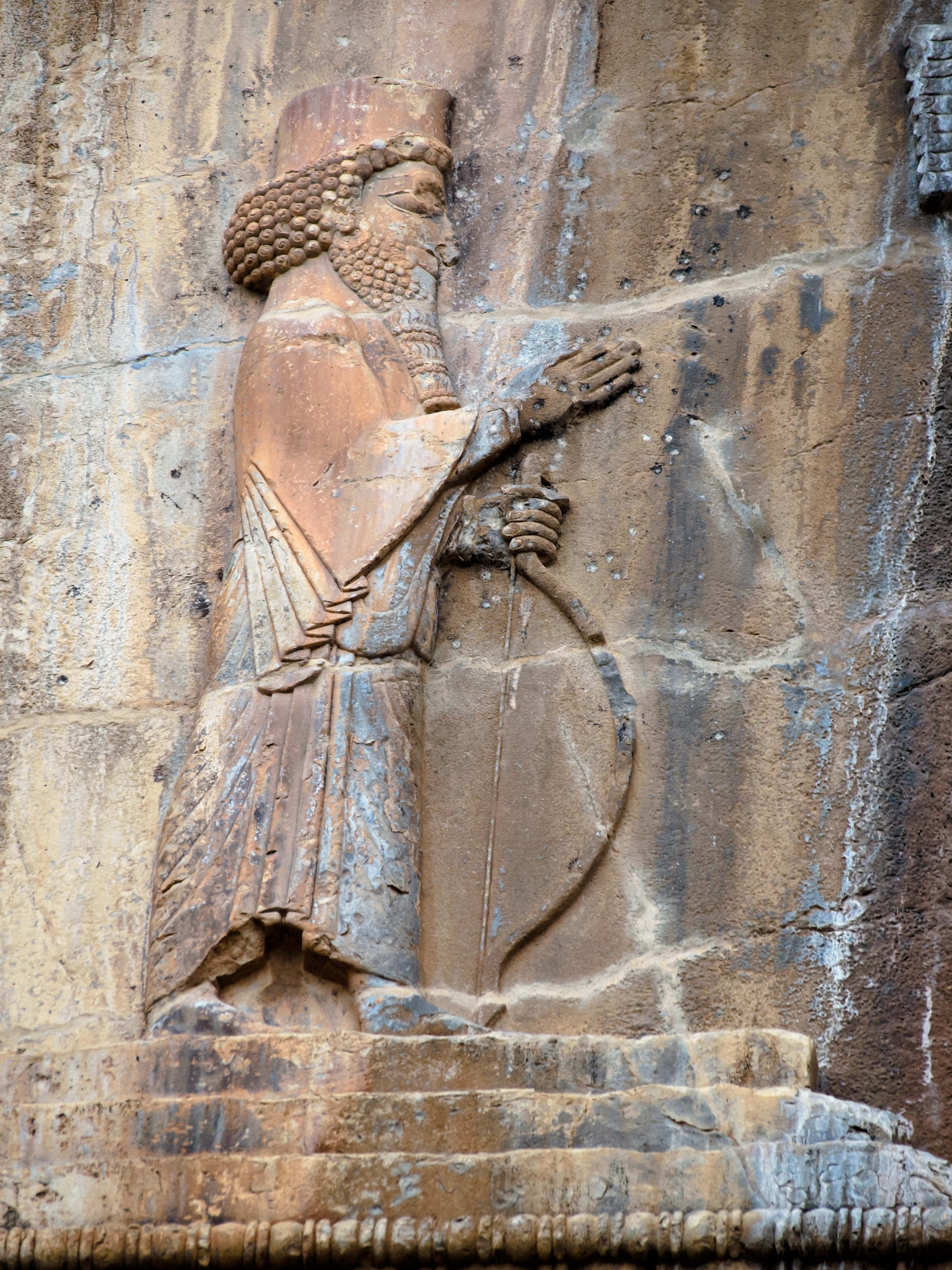
Artaxerxes III
Artaxerxes III was also poisoned to death by his own general Bagoas.
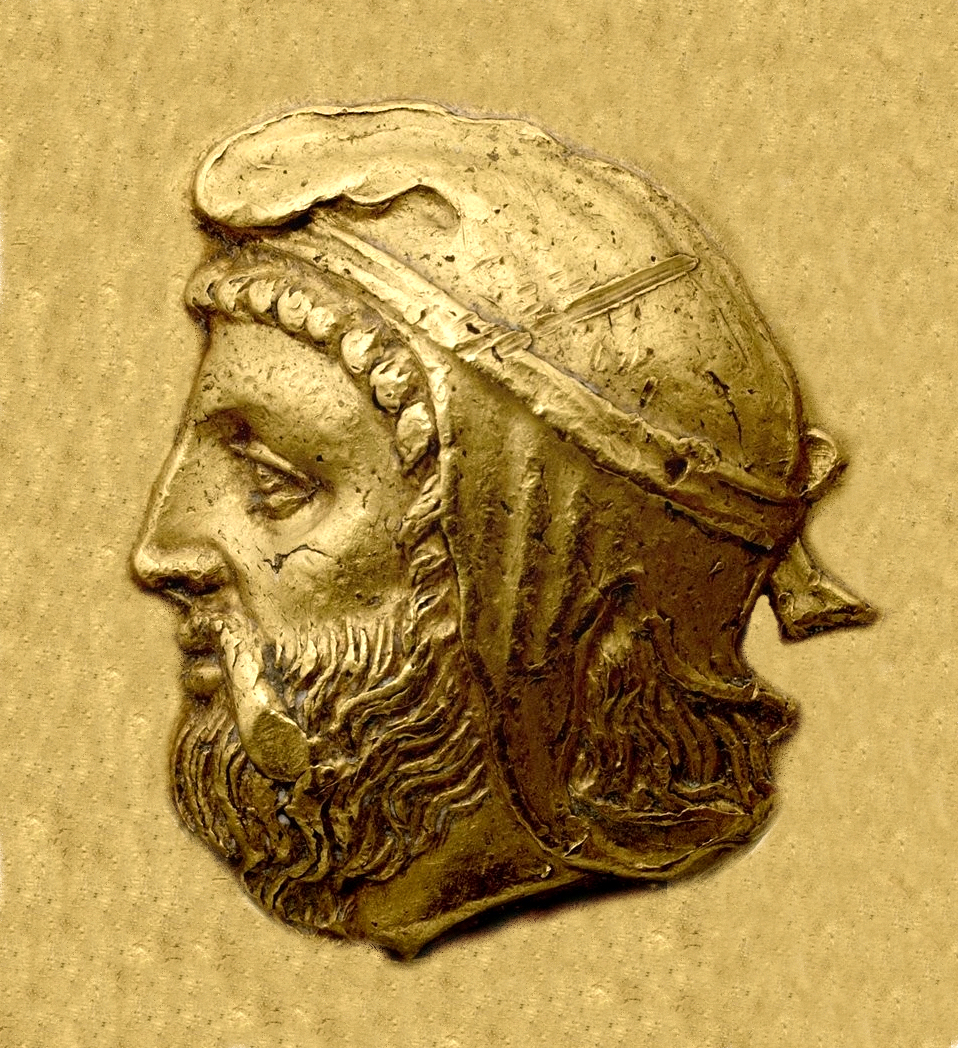
Artaxerxes III
To keep the power under control, Bagoas put Artaxerxes' son on the throne and then poisoned him as well.
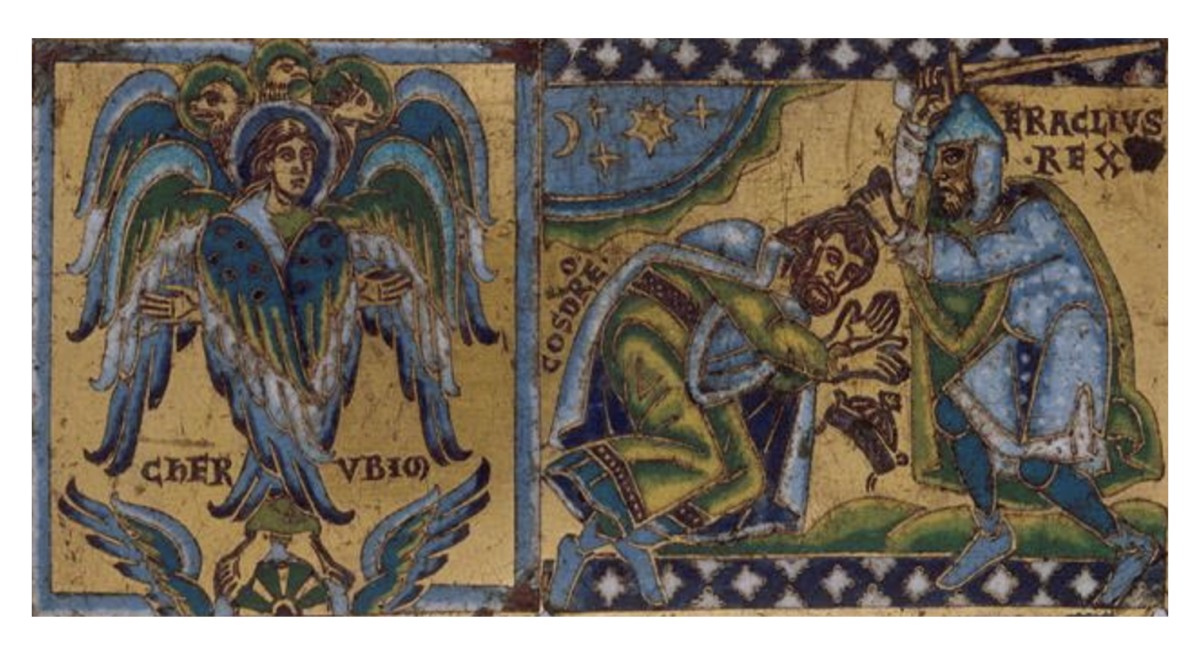
Heraclius beheading Husrev II, Louvre Museum
In the last years of the 6th century, during the reign of Husrev II (Khosrow), one of the most important rulers of the Sassanid Empire, civil wars for the throne and assassination attempts weakened the empire. Husrev II was assassinated and killed by his son Kavadh II. His 18 sons were also killed by Kavadh II. This assassination caused the Sassanid Empire to struggle with internal turmoil and lose power.
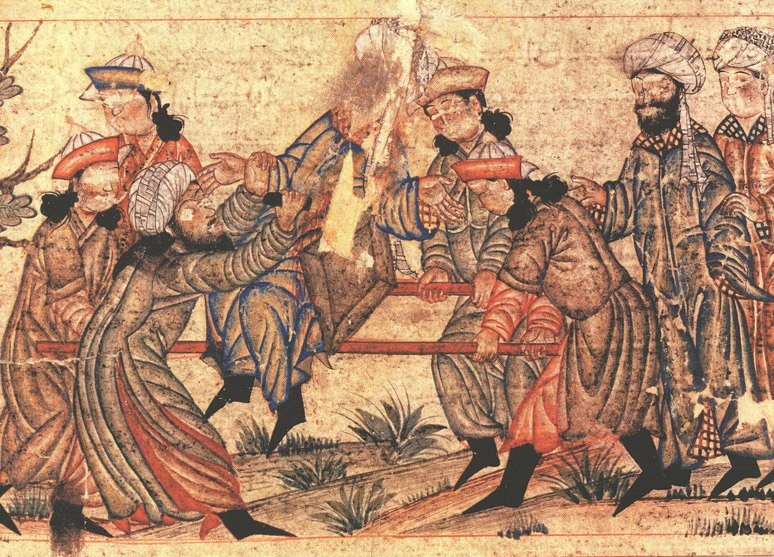
A 14th-century miniature depicting the assassination of Nizam al-Mulk by a Hashshashi
On October 14, 1092, Nizam al-Mulk, a statesman of Persian origin, was assassinated by the Hashashashis during a campaign with Sultan Meliksah. The assassination meant the sudden and violent elimination of one of the most powerful and influential statesmen of the Seljuk Empire. The Hashshashis are known as a radical branch of the Ismaili sect and were known for various assassinations in the Middle East from the 11th century onward. Their leader, Hasan Sabbah, captured Alamut Castle and established an effective assassination network from there. The Hashshashis often assassinated their targets through secret agents, and they eliminated many important political figures with this method. Nizam al-Mulk's assassination was carried out by a Hashshashi agent disguised as a dervish. This assassination, which took place in the presence of Sultan Meliksah, both shocked the Seljuk court and left an important gap in the administrative structure of the state.
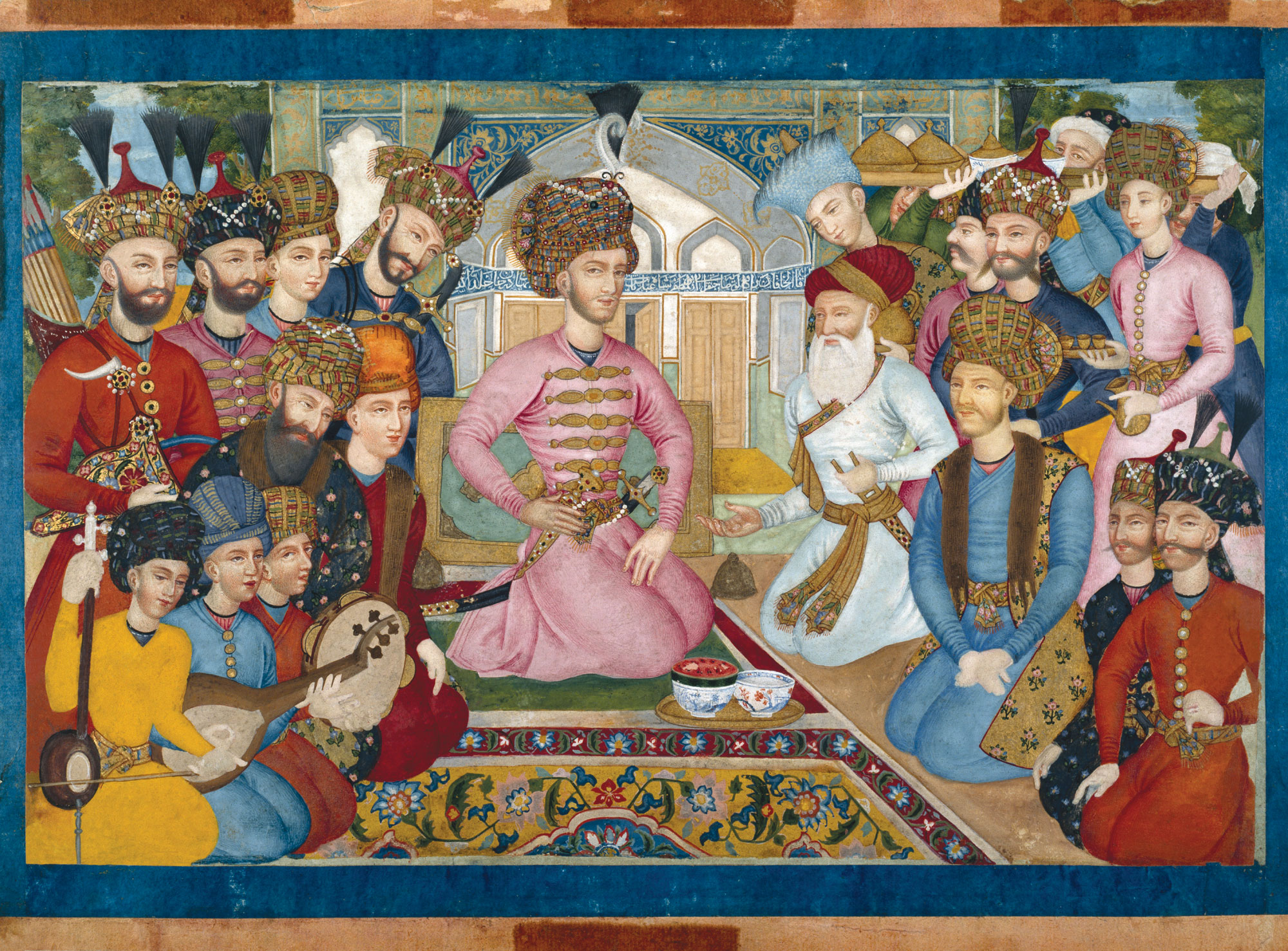
Shah Abbas II
The Safavid Empire was not without internal strife and assassinations. Especially during the reign of Shah Abbas II, who succeeded to the throne after the death of Shah Abbas I, intrigues within the court and fights for the throne were frequent. There was a constant struggle for power among the courtiers and assassinations became a characteristic feature of this period.
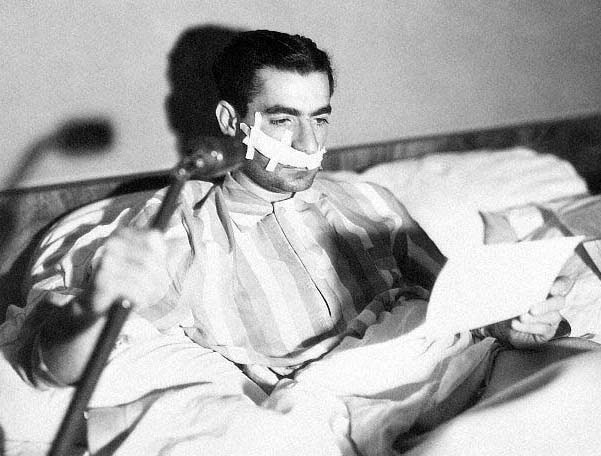
Reza Shah in hospital after an assassination attempt, 1949
In the 20th century, Reza Shah Pahlavi's modernization efforts and authoritarian style of rule resulted in assassination attempts by many opponents. During the reign of Reza Shah and his son Mohammad Reza Shah, there were many assassination attempts and coup plots against the government. During this period, Iranian politics was in a constant state of uncertainty due to both internal and external opposition.
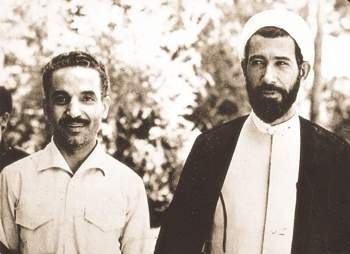
Iranian Prime Minister Mohammad Ali Rajai and President Mohammad Javad Bahonar
The 1979 Islamic Revolution brought about a major political change in Iran and led to the overthrow of the Shah's regime. After the revolution, with the establishment of the Islamic Republic of Iran, power struggles and assassinations within the new regime continued. The biggest example of this was the assassination of Iranian Prime Minister Mohammad Ali Rajai and President Mohammad Javad Bahonar in 1981.
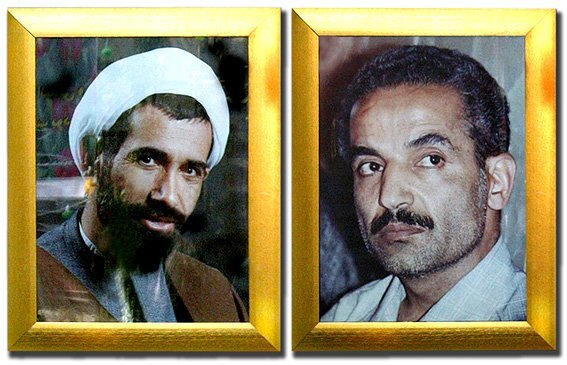
Iranian Prime Minister Mohammad Ali Rajai and President Mohammad Javad Bahonar
This incident shows that assassinations were also effective in post-revolutionary Iranian politics. Throughout history, Iran has been a geography of internal power struggles and assassinations. From the Persian Empire to modern Iran, throne fights, palace intrigues and political assassinations have deeply affected the political and social structure of the country. These events are critical to understanding the complexity and political dynamics of Iranian history.